The National Gallery in London: Where to Start?
Having lived in London for the past three years as an art lover, I have had more than my fair share of questions about where to “start” at the...
Sophie Pell 3 February 2025
29 July 2024 min Read
The Kröller-Müller Museum in Otterlo, Netherlands, is home to the second-largest collection of works by Vincent van Gogh (1853-1890), the first being his namesake museum in Amsterdam. This fact poses a question—why does the Kröller-Müller museum have so many works by Van Gogh?
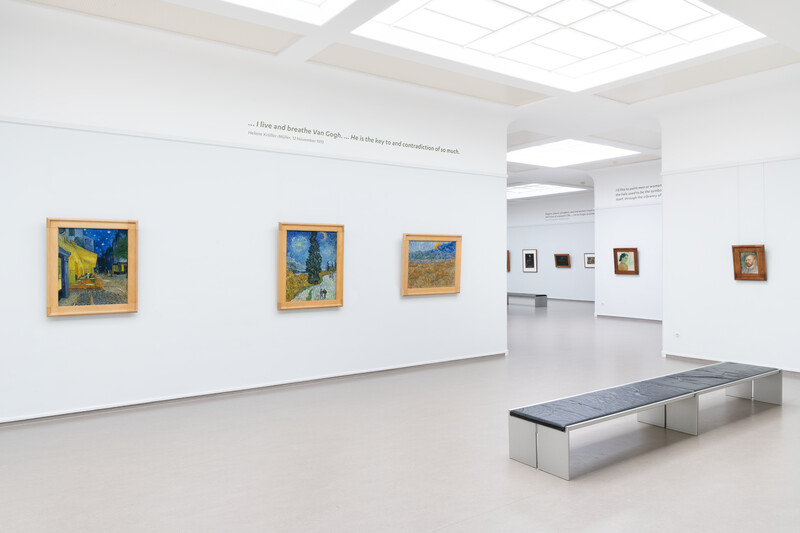
Listed below are some of the most interesting and beautiful works of art from the Kröller-Müller Museum’s Van Gogh collection, alongside facts about the connection between the Kröller-Müller matriarch and the 19th-century artist.
Although Van Gogh is now known as one of the most important painters in art history, his work was not sought after until after his death in 1890. Painting was not a financial windfall for Vincent. However, after his death, one collector saw more in his art, calling him “one of the spirits of modern art.” But what do Helene Kröller-Müller, a German shipping heiress, and Vincent van Gogh have in common?
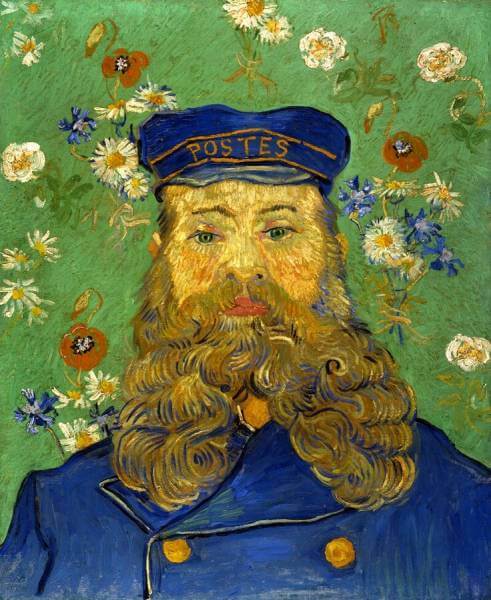
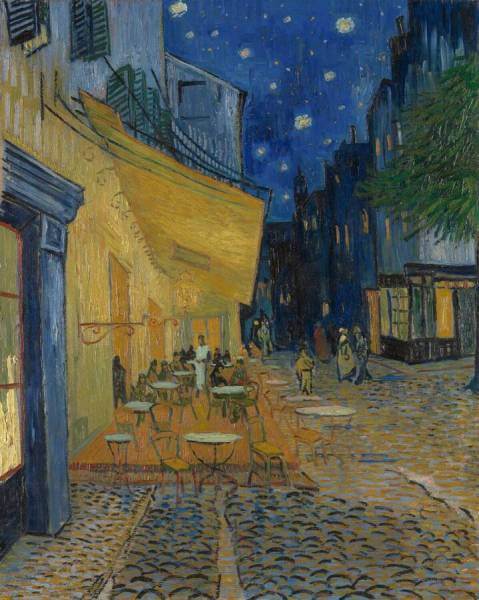
Helene Kröller-Müller (1869-1939), is credited with being one of the first art collectors to recognize Van Gogh’s artistic genius, as well as the man behind the canvas.
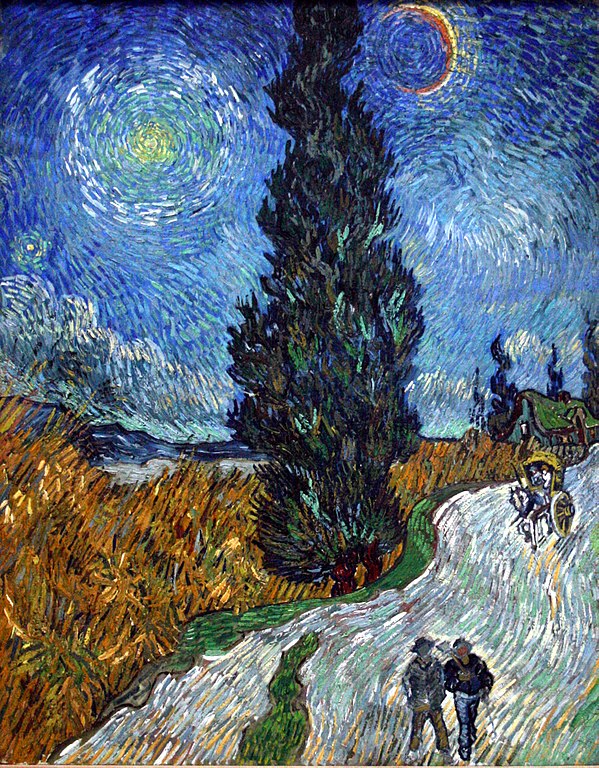
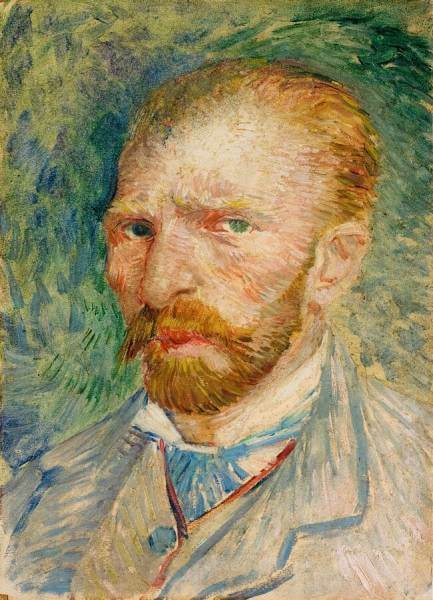
Between 1908 and 1929, under the artistic vision of Helene Kröller-Müller, her family purchased at least 91 paintings and over 180 sketches.
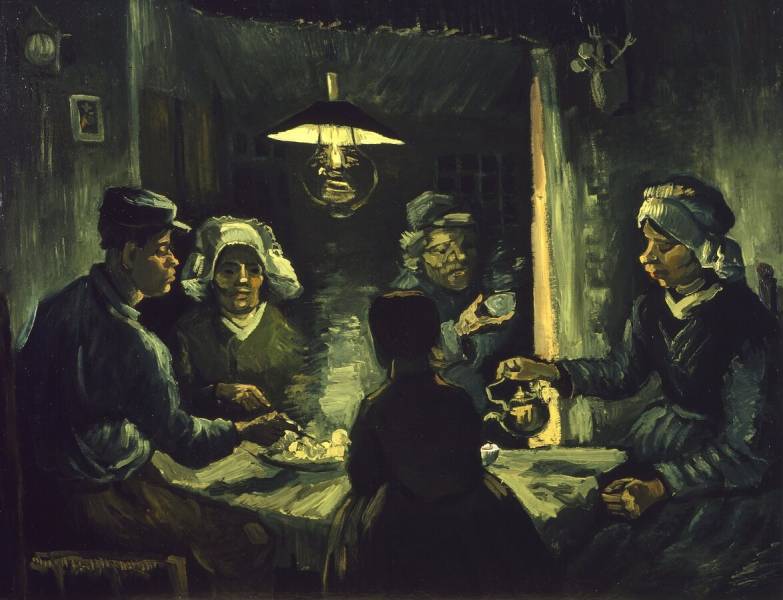
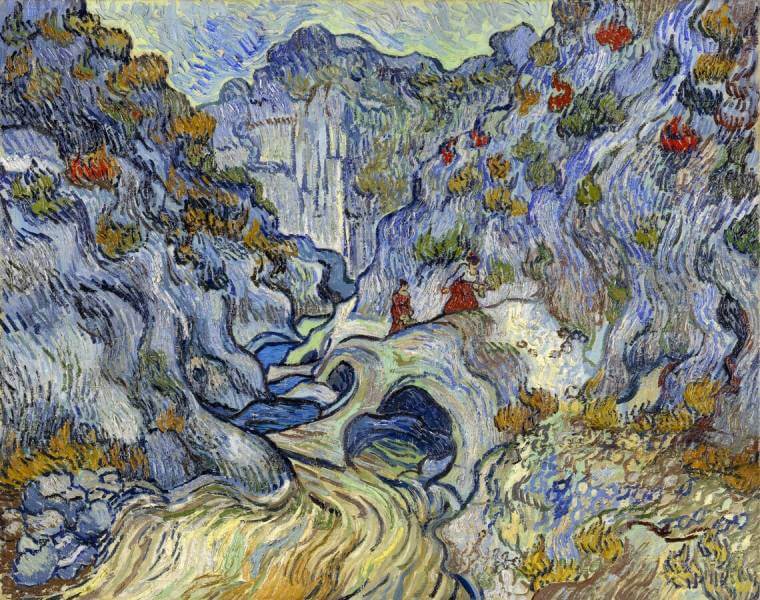
The Dutch artist painted nearly 900 works over 10 years, and that does not even include his sketches. The current collection ranges from landscapes, portraits, and still life paintings: Helene Kröller-Müller was on a personal mission to collect as many of his works as possible, under the artistic advisement of H.P. Bremmer.
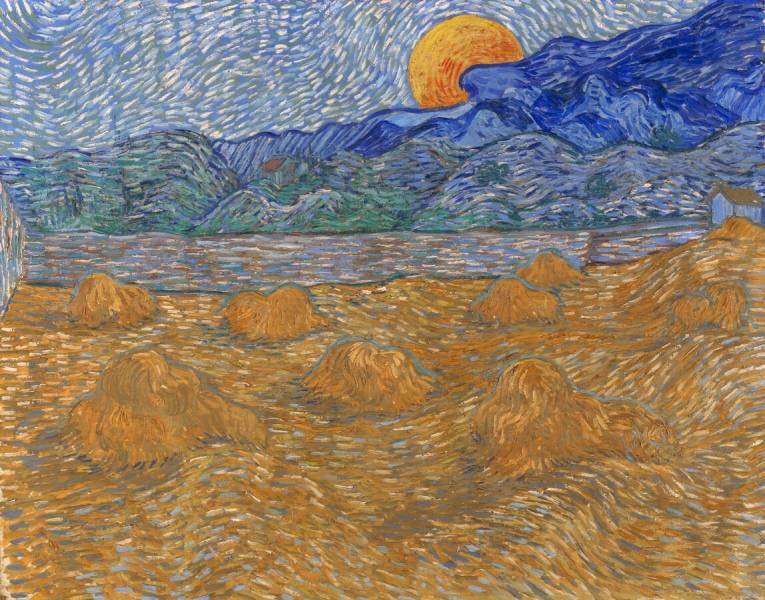
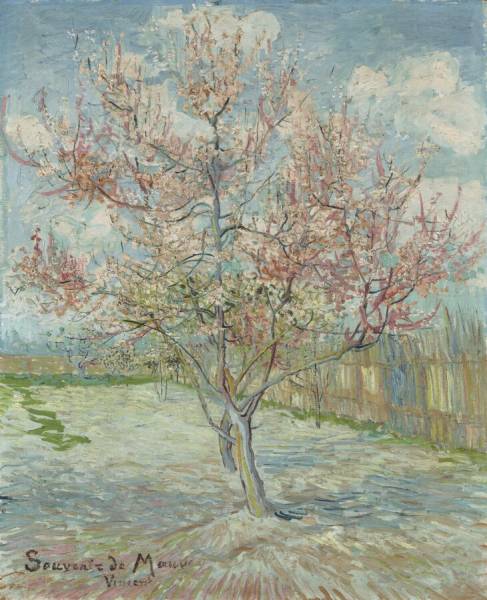
Part of Helene Kröller-Müller’s attraction to the artist’s works stemmed from her personal spiritual journey, something partly encouraged by Bremmer. The artist’s personal letters helped Kröller-Müller to define her own spiritual beliefs as she left her parent’s home to start her own family. She is quoted as saying:
Vincent’s letters helped to raise me up in that respect. They taught me that a path, an independent path, must be slow but as a result more wonderful.
– Helene Kröller-Müller in a letter to Sam van Deventer, June 21, 1914.
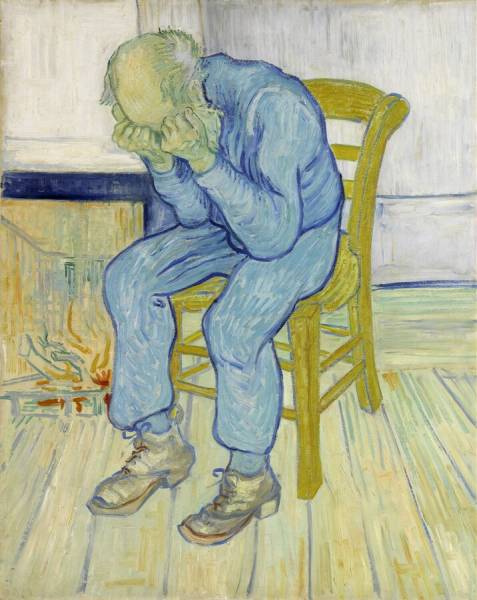
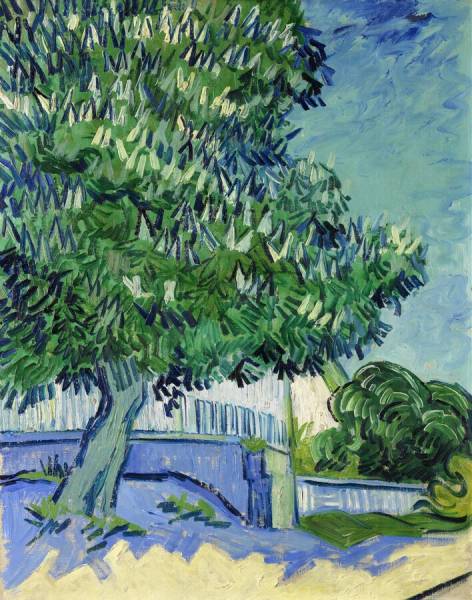
The art collector saw a little of herself in the artist’s life. Eva Rovers states that:
It was this recognition that increased her fascination with [his] paintings. He, too, had freed himself from a faith and its attendant rituals that had become bourgeois…[I]t was that decision not to paint religious subjects but to search for the true faith in daily life in nature that held such an appeal for Müller…
– Eva Rovers, He Is the Key and the Antithesis of so Much: Helene Kröller-Müller’s Fascination with Vincent Van Gogh, pp. 264-65.
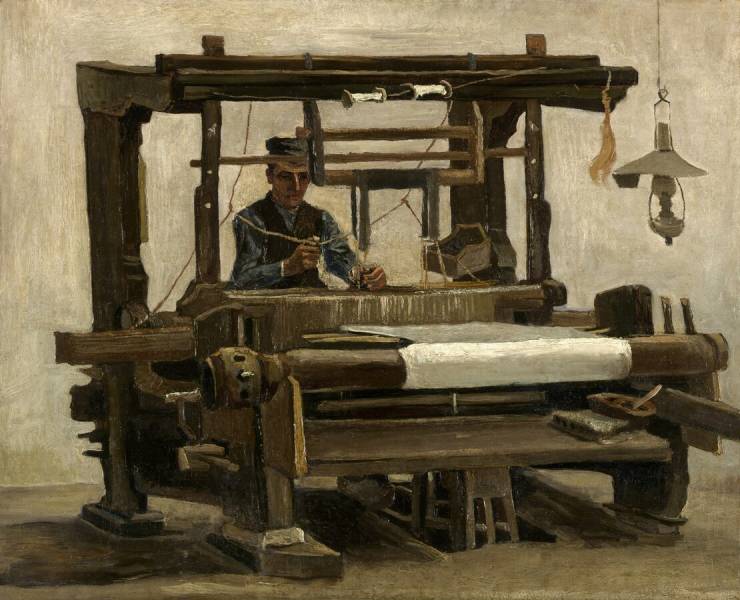
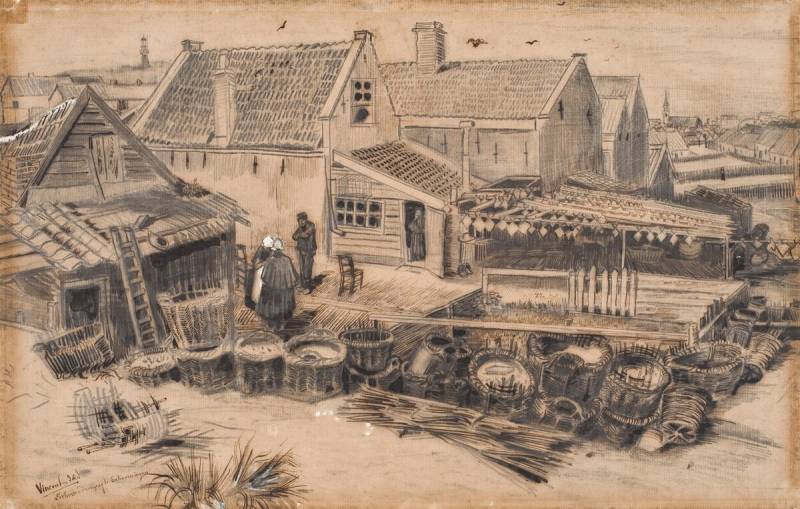
Before the Kröller-Müller Museum opened, Helene Kröller-Müller showcased her purchased paintings and drawings throughout her home and family business. She also made a name for herself by displaying her collection to the public. Providing the opportunity for the everyday man to view her art collection was a move on her part in establishing a “cultural monument” with which to leave the Dutch nation.
Collecting Van Gogh’s art was not part of a single-minded focus on Helene Kröller-Müller’s part. Rather, the art spoke to her which is why she found herself collecting it at such an astronomical rate. So many of her purchases translated into Van Gogh’s works being highly sought after at other auctions throughout Europe.
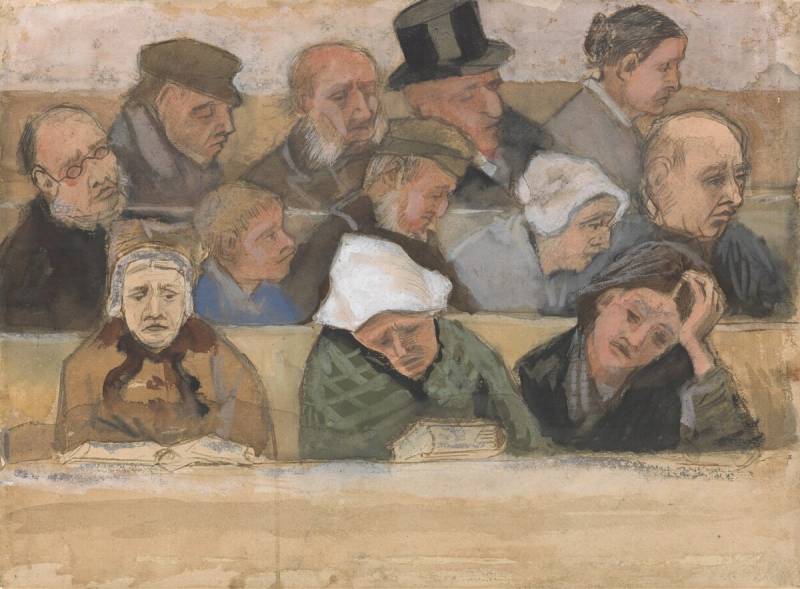
Eva Rovers. “He is the Key and the Antithesis of so Much”: Helene Kröller-Müller’s Fascination with Vincent Van Gogh.” Simiolus: Netherlands Quarterly for the History of Art 33, no. 4 (2007): 258-72. Source: JSTOR, 2020.
DailyArt Magazine needs your support. Every contribution, however big or small, is very valuable for our future. Thanks to it, we will be able to sustain and grow the Magazine. Thank you for your help!